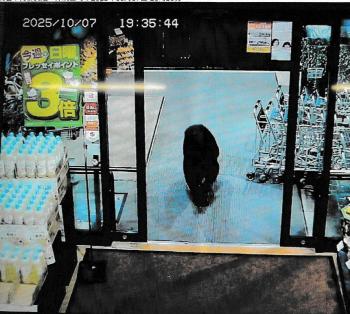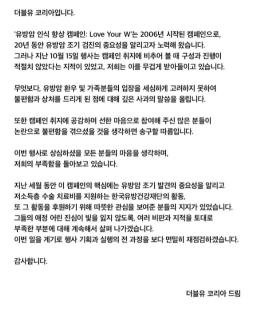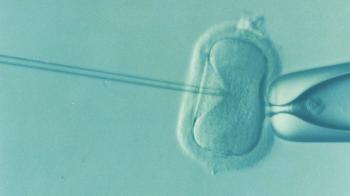Without opening the perilla oil bottle... Omega-3 fatty acid content can be measured with electromagnetic waves
Aug 19, 2025
|
Professors Oh Seung-jae, Yang Nan-hee, and Maeng In-hee of the Medical Convergence Research Institute of Yonsei Medical Center-Bioengineering announced on the 19th that they have confirmed a way to easily measure the omega-3 fatty acid content contained in the Terahertz wave with the Pohang Accelerator Research Institute and the Advanced Optical Technology Research Institute.
The results of the study were published in the international journal 'npj science of food'.
Omega-3 fatty acids have various health effects such as reducing triglycerides, improving vascular function, preventing Alzheimer's disease, and suppressing cancer cells. Alpha-linolenic acid, a plant-based omega-3 fatty acid, is an essential fatty acid that cannot be synthesized by the human body and must be consumed as food.
Perilla oil, which consists of about 60% of all fatty acids, is in the spotlight as a health food. There are products with less than 20% perilla oil on the market, so omega-3 content should be considered. Existing omega-3 content analysis methods such as nuclear magnetic resonance and gas chromatography have limitations in that they are difficult to use due to high cost and long analysis time.
THz time domain spectroscopy (THz-TDS) is a technology that can overcome these limitations. Terahertz waves (THz) are electromagnetic waves ranging from 0.03 to 3 mm, and unlike X-rays, they are harmless to the human body and have excellent material permeability. Not only is it a non-destructive measurement technology that can be analyzed without damaging the sample, but it also has the advantage of being able to sensitively detect structural changes in molecules. Because of these characteristics, it is considered a next-generation medical diagnosis technology.
The research team confirmed the reliability and effectiveness of the terahertz time domain spectroscopy technology as a tool to find out the alpha-linolenic acid content by applying various cooking oils such as soybean oil, corn oil, and perilla oil in turn.
Nuclear magnetic resonance analysis, a traditional method of quantitative analysis of alpha-linolenic acid, was conducted to find out the alpha-linolenic acid content contained in soybean oil, corn oil, and perilla oil. The contents of soybean oil, corn oil, and perilla oil were 58.5%, 3.6%, and 8.0%, respectively. Fourier transform infrared spectroscopy was also able to determine the alpha-linolenic acid content by identifying the molecular binding structure of edible oil.
The research team applied terahertz time domain spectroscopy technology to the same oil to confirm the same result value as the existing method. In the terahertz time domain spectroscopy technology analysis, the higher the alpha-linolenic acid content, the higher the refractive index and absorption coefficient. The refractive index is an indicator of how slow the speed of light is inside the material and the absorption coefficient is how much light is absorbed and weakened as it passes through the material. This means that if you look at the refractive index and absorption coefficient values shown by the terahertz time domain spectroscopy technology, you can quantitatively find out the alpha-linolenic acid content contained in the oil.
In addition, the research team succeeded in distinguishing the difference in the reflectance of terahertz waves according to the content of alpha-linolenic acid without opening the bottle containing oil. The terahertz was shot into the oil and the reflectance, a signal that is reflected back from the oil, was measured. Because the oil shows different reflectance depending on its content, the concentration of alfarinolenic acid could be distinguished without taking out the oil.
Professor Oh Seung-jae said, "This study is a case of analyzing omega-3 content using terahertz technology. The study presented a new application field using terahertz by presenting the possibility of non-contact, non-destructive, and real-time verification of omega-3 content analysis in a bottle without sample preprocessing.".
On the other hand, this study was supported by the STEAM research project of the Korea Research Foundation and the support project for mid-sized researchers.
|
This article was translated by Naver AI translator.















